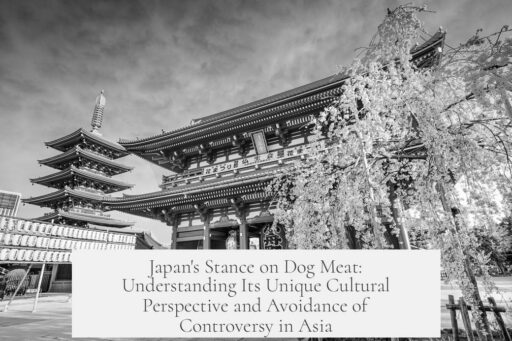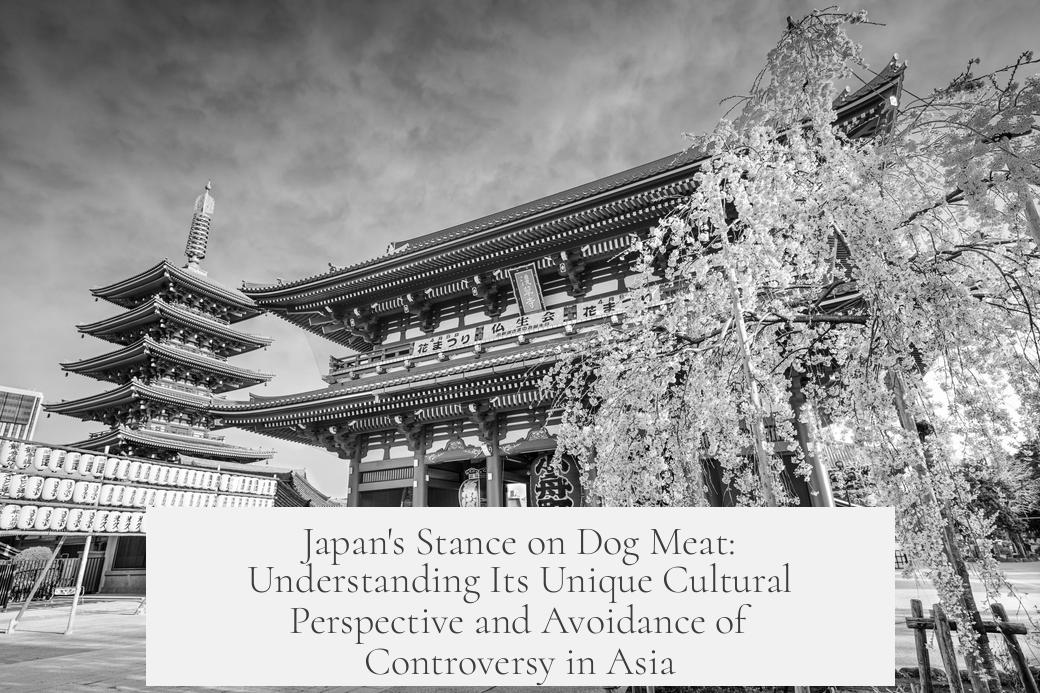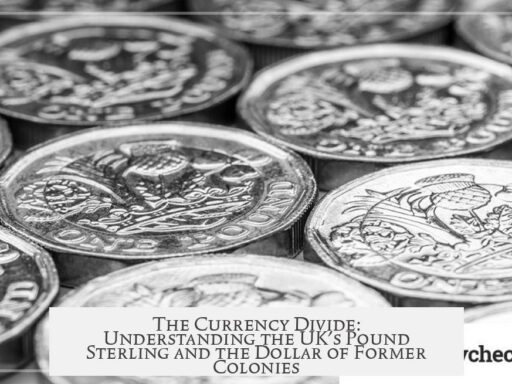Japan lacks a tradition of dog meat consumption mainly because of longstanding cultural, legal, and social taboos that discouraged meat eating, especially of certain animals like dogs. Unlike China or Korea, Japan did not raise dogs for meat, and legal protections for dogs further reduced any tradition of dog meat use. This historical background explains why Japan avoids the canine meat controversy seen in other parts of Asia.

Historically, Japan did not have a strong meat-eating culture prior to the Meiji Restoration (1868). Social taboos and legal restrictions often forbade the killing and eating of animals. Meat consumption fell into four categories:
- Medicinal use, where doctors prescribed certain meats like beef as remedies.
- Upper-class hunting, where nobles hunted animals and consumed them.
- Lower-class hunting, including peasants and registered hunters who killed wild game for food or crop protection.
- The eta, an outcast group who handled butchering and meat processing, exempted from social taboos due to their low status.
The animals consumed were either wild game or used for other purposes—cattle and horses, for example, were primarily for labor but occasionally eaten. Importantly, dogs were never raised for meat. In contrast, in countries like Korea and China, dogs were sometimes farmed specifically for consumption. Japanese dogs were generally seen as companions or working animals, not a food source.

Dog protection laws also played a role. In 1687, Tokugawa Tsunayoshi, known as the “dog shogun,” implemented bans on killing animals and eating meat. His laws specifically protected dogs, including strays. Though these laws were repealed later, the idea of dogs as animals to protect rather than consume took root in Japanese culture.
The Meiji Restoration marked a shift toward encouraging meat consumption to modernize Japan. While cattle, pigs, and chickens became common meat sources raised on farms, dogs remained outside this practice. There was neither significant wild dog hunting nor a cultural push to farm dogs for food.

In modern times, dog meat consumption in Japan remains very rare and is largely limited to some Korean immigrants who import it. A few ethnic Japanese consumers also partake, but it is not a widespread or culturally accepted practice. This drastically contrasts with Korea, where dog meat historically was cheaper and more common among peasants and is still consumed in specialized restaurants, though less frequently than before.
Globally, acceptance of dog meat varies. In the West and Islamic regions, religious and legal prohibitions mostly exclude dogs from human diets. In contrast, many Asian cultures, including China and Korea, consume dog meat in small quantities within a broader meat diet. For example, Korea’s peak dog meat consumption equated to about 1 dog per 30 people per year, representing roughly 1% of total meat eaten. Cambodia’s dog meat consumption per capita is even higher by some measures, though often involving less meat yield per dog because of the prevalence of stray dogs.

Japan’s avoidance of dog meat aligns with broader taboos on meat eating before modernization. One rare exception to meat taboos in Japan is whale meat. Categorized as fish in pre-Meiji times, whale meat was not subject to traditional meat restrictions. Whale hunting and consumption rose post-WWII due to meat shortages but have since declined substantially.
| Aspect | Japan | China/Korea |
|---|---|---|
| Dog Meat Tradition | Absent due to taboos, legal protection, and cultural views of dogs | Present with historical and regional variations |
| Main Meat Sources | Cattle, pigs, chicken, wild game (limited) | Pork, beef, chicken, dog meat (small part of diet) |
| Legal Protection of Dogs | Early legal bans on killing dogs from 1687 onward | Limited or no historical protection, dogs farmed for meat |
| Modern Dog Meat Consumption | Rare; mainly imported and consumed by minorities | Moderate; specialized restaurants, declining trends |
Japan’s meat culture evolved uniquely. Social norms and laws historically discouraged meat eating, and dogs were identified more as companions. This contrasts with neighboring countries where dog meat carried different cultural meanings. Japan’s distinct history explains its avoidance of the canine meat controversy common in parts of Asia.

- Japan historically limited meat eating due to laws and taboos.
- Dogs protected legally from killing starting in the 17th century.
- Dogs were not raised or preferred as meat animals.
- Meat consumption rose post-Meiji Restoration, but excluded dogs.
- Modern dog meat consumption in Japan remains minimal and niche.
- Neighboring Asian countries have differing cultural attitudes toward dog meat.
- Japan’s whale meat consumption serves as a rare exception to traditional meat taboos.
Why Doesn’t Japan Have a Tradition of Dog Meat and Avoids the Canine Controversy in Asia?
Japan doesn’t have a tradition of eating dog meat because its historical taboos, legal restrictions, and unique cultural factors prevented dogs from being raised or consumed as food, unlike some neighboring Asian countries like China and Korea. This absence has helped Japan sidestep the heated debates seen elsewhere.

Before diving into the nitty-gritty, let’s ask: why has dog meat sparked controversy in some places but not in Japan? It boils down to history, culture, and law. Japan’s story on meat-eating is quite different from the rest of Asia.
Japan’s Historical Attitude Toward Meat and Animals
Japan’s relationship with meat isn’t straightforward. Until the Meiji Restoration in the late 19th century, meat-eating had many restrictions and was affected deeply by social taboos. For centuries, eating and killing animals was frowned upon in the mainstream culture. Legally and socially, meat wasn’t a routine part of Japanese diets.
These taboos weren’t just about ethics or spirituality; they were embedded in society. For example, during the Edo Period, the country didn’t have widespread livestock farming. Instead, most meat came from hunting, categorized by social class:
- Medicinal Meat—Doctors prescribed beef or other meat as medicine.
- Upper-Class Hunting—Nobility hunted for sport, their kills often ending up on their tables.
- Low-Class Hunting—Peasants had limited rights to hunt to protect crops, and sometimes hunted animals for food.
- The Eta Class—This marginalized group did the butchering, and people considered them “unclean” for managing dead animals, including meat processing.
This setup shaped what animals ended up on the plate. Importantly, animal use was mostly incidental or based on utility.
Why No Dogs on the Menu?
The key factor? Dogs weren’t officially raised or hunted for food in Japan. Unlike cattle or horses, which were used for labor or transportation, dogs served roles as companions or protectors rather than dinner candidates.
Look back at Tokugawa Tsunayoshi, the so-called “dog shogun.” In 1687, he introduced laws protecting dogs, banning their killing and meat consumption. Though these laws were later reversed, they sent a message, influencing cultural attitudes toward dogs as beings to protect rather than eat.
By the Meiji period, when Japan started encouraging meat consumption and animal farming, dogs were notably excluded from this shift. Cattle, pigs, and chickens were farmed for meat, but dogs remained off the culinary table.
Dog Meat in Context: Asia’s Canine Controversy
In China and Korea, dog meat has a longer tradition, though it is far from dominant. For instance, Korean dog meat peaked in consumption during the late 20th century, with dog meat accounting for about 1% of the country’s total meat consumed. Historically, it was considered cheap meat for peasants. Today, it’s a somewhat niche and controversial delicacy eaten mostly in specialized restaurants.
Meanwhile, Cambodia reportedly has the highest per capita dog meat consumption, with about 1 dog eaten per 6-7 people annually. However, these dogs are often skinny strays, so the actual meat per person remains relatively low. Still, it forms a significant part of meat consumed there.
Around the world, dog meat consumption varies greatly. Western countries and Islamic cultures largely avoid it due to religious or cultural taboos. Other parts of Asia, Africa, and Latin America sometimes serve dog meat, but usually in limited quantities.
Japan’s Unique Case: Meat Taboos and Exceptions
Interestingly, Japan’s cultural resistance to eating dog meat contrasts with its well-known whale meat consumption. Whale meat, oddly enough, was considered “fish” historically, so it avoided the anti-meat taboos that shaped most food laws.
Whale meat’s popularity surged post-World War II, when other meat sources were scarce. Japan even caught more whales for food than many other countries did in that era. But even then, whale meat consumption per person today is very low—about 44 grams per year.
This shows how deeply rooted and specific Japanese cultural food taboos are. They don’t blanket ban all meat but are selective based on history and societal values.
Modern Japanese Attitudes Toward Dog Meat
Today, dog meat is nearly nonexistent in Japan’s mainstream food scene. There have been cases of dog meat consumption, mostly among Korean immigrants within Japan, who imported it from Korea. But it remains marginal and often stigmatized by ethnic Japanese.
In Japan, dogs are cherished companions, not livestock. This societal role reinforces their protection, both culturally and often legally.
What Can Other Countries Learn from Japan?
Japan’s experience offers a lesson on how cultural norms can shape food traditions and animal welfare. Historical taboos and legal frameworks have profoundly influenced the kinds of animals people raise and eat.
The absence of dog meat tradition in Japan highlights that consumption patterns are complex, built upon long histories of social and legal rules. This challenges the assumption that eating dog meat is “typical” across all of Asia.
For example, the hunter-gatherer and farming history created strong preferences. Dogs were rarely hunted and never farmed for food, contrasting with cattle or pigs. Social taboos reinforced this by discouraging the killing of certain animals.
Moreover, selective animal protection laws, like those enacted by Tokugawa Tsunayoshi, left lasting cultural impacts. These laws reflect how powerful legal decisions can shape cultural identity around animals.
Practical Tips for Understanding Cultural Food Differences
- When encountering different food customs like dog meat consumption, consider historical and cultural contexts rather than stereotypes.
- Recognize that animals’ roles in society—not just taste—define whether they end up on plates. Dogs as pets naturally resist becoming dinner.
- Appreciate that legal rules and taboos still shape food culture worldwide, often in surprising ways.
Summary in a Bite
To sum up: Japan avoids the “canine controversy” because dogs simply never became a part of its meat-eating tradition. Social taboos, legal protections, and a cultural view of dogs as companions ensured that dogs remained off the menu, unlike neighboring countries where the practice grew from different social and economic conditions.
Japan’s story reminds us that food traditions evolve from a tangle of factors—history, laws, social roles, and necessity—not just taste preferences. So next time you hear about dog meat in Asia, remember: Japan’s unique path helps it sidestep a debate that still simmers elsewhere.
“Sometimes it’s not about what food is popular, but what history allows on the plate.” — A Food Anthropologist
Now, a question for you: How might modern animal welfare debates influence the future of traditional foods that include dog meat? Will history repeat itself, or will new customs emerge?
Why didn’t Japan develop a tradition of eating dog meat like some other Asian countries?
Japan had social taboos and legal restrictions against eating most meats before the Meiji Restoration. Dogs were not raised for meat but kept as companions. This limited any tradition of dog meat consumption from emerging.
How did legal and social factors protect dogs in Japan historically?
The 5th Tokugawa shogun, Tsunayoshi, enacted laws in 1687 banning the killing of animals and protecting dogs, even strays. Although later repealed, these laws reflected cultural respect for dogs and discouraged their use as food.
Did Japan’s meat consumption rise after the Meiji Restoration, and why did dog meat remain uncommon?
Yes, the Meiji Restoration encouraged raising animals for meat like cattle and pigs. Dogs were rare in wild game and not bred for food, so dog meat did not become part of mainstream consumption despite increased meat eating overall.
Is dog meat consumption present in modern Japan at all?
Dog meat has been eaten in modern Japan mostly by Korean residents. It was imported from Korea and also had some ethnic-Japanese consumers, but it remains a marginal practice.
Why does Japan avoid the canine meat controversy common in China and Korea?
Japan’s historical taboos, legal protections for dogs, limited dog meat tradition, and cultural choices kept dog meat consumption low or absent. This contrasts with countries where dog meat has a more established, though still niche, role.




